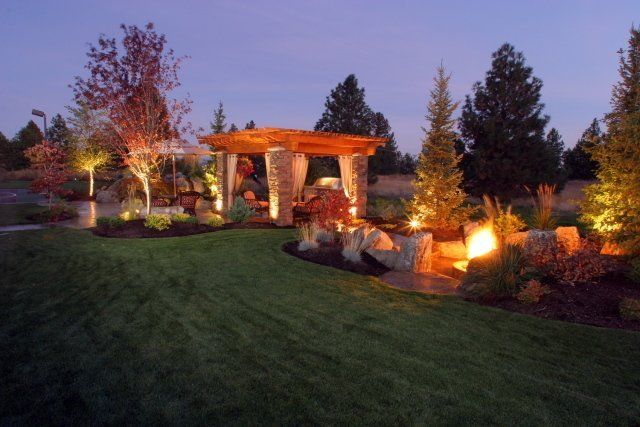Sustainable Landscaping: What It Is and Why You Should Care
Throughout the past decade, the world of landscaping has seen a massive increase in support for "going green" and "eco-friendly landscaping." In recent years, companies started taking this much more seriously, and experts say the hype around it won't slow down as architects and landscapers begin implementing more of these practices. But what exactly does this kind of lawn care and design mean? If a company claims to be sustainable, how do they prove they are? Most importantly, do these "green" practices even make that big of a difference?We know it can be confusing, so we have done months of research to provide you with the best knowledge. Keep reading as we define and explain sustainable landscaping so that you can feel confident when choosing a landscaping company and products!
What IS sustainable landscaping?
First, let's start with a definition. At its core, sustainable landscaping is a way of practicing landscaping that is most beneficial for the environment. More than just not wasting resources and using recyclable products, it takes into account the area's surrounding environment and using products with minimal or no pollutants. For this article, we have divided this kind of landscaping into three distinct ways that it is perceived: enduring, natural, and resourceful.
Enduring
This literal part of "sustainable" landscaping considers the use of high-quality materials in your garden area so that they will last for a while and by themselves. These gardens are both resilient and self-sustaining. In architecture, this is a well-built space with resources meant to last. In other words, sustainable architecture is not made of flimsy materials that will need frequent replacement.

Natural
Perhaps the most significant part of this eco-friendly practice is the use of natural, local materials and a landscape that works in and with the local climate. This includes native greenery and supplies that are abundant in that particular region. Since the resulting design is cheap to maintain, it is a win for both you and the environment!
Resourceful
As mentioned, green landscaping follows the "reduce, re-use, recycle" rule, which means utilizing resources that are recyclable and made of recycled materials. In addition, an environmentally-savvy setting is achieved by using methods that save water and energy use.Hopefully, this brief guide will now allow you to breathe a little easier when it comes to creating a "green" landscape. Not only is it do-able, but it only requires a bit of knowledge and purposeful planning. With spring around the corner, you are now ready to begin the steps in designing your sustainable landscape!